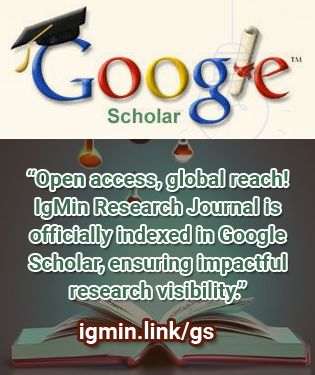Open Access Policy refers to a set of principles and guidelines aimed at providing unrestricted access to scholarly research and literature. It promotes the free availability and unrestricted use of research outputs, enabling researchers, students, and the general public to access, read, download, and distribute scholarly articles without financial or legal barriers. In this response, I will provide you with an overview of the history and latest resolutions related to Open Access Policy.
This study introduces a novel sorption-spectrophotometric method for the determination of lead(II) ions in water, addressing the critical need for sensitive and selective environmental monitoring. The method utilizes Amido Black (AB), a diazo dye, immobilized on a hexamethylenediamine-modified polyacrylonitrile fibrous support (PPD-1). The resulting immobilized reagent system (Pb(II)-AB/PPD-1) exhibits a significant bathochromic shift upon complexation with Pb(II), enabling spectrophotometric determination at 490 nm.Optimal conditions for immob...ilization and complexation were established, including a pH range of 6-7 and an AB concentration of 8.2·10⁻⁵ M on the support. The method demonstrates a linear response to Pb(II) concentrations between 5 - 50 µg/ml (R² = 0.9938), with a low limit of detection (0.141) and quantification (0.47). Interference from common metal ions was minimal or mitigated with citric acid. Application to natural water samples showed excellent accuracy and precision (RSD ≤ 2.9).The immobilized system offers a simplified procedure by eliminating elution steps, enhancing throughput, and achieving a ten-fold improvement in the limit of detection compared to solution-based methods. This rapid, sensitive, and selective method presents a promising alternative for lead(II) determination, offering comparable or superior performance with added benefits of simplicity and enhanced sensitivity.









